Early 2010’s Android Phones Were The Golden Era, You Can’t Change My Mind
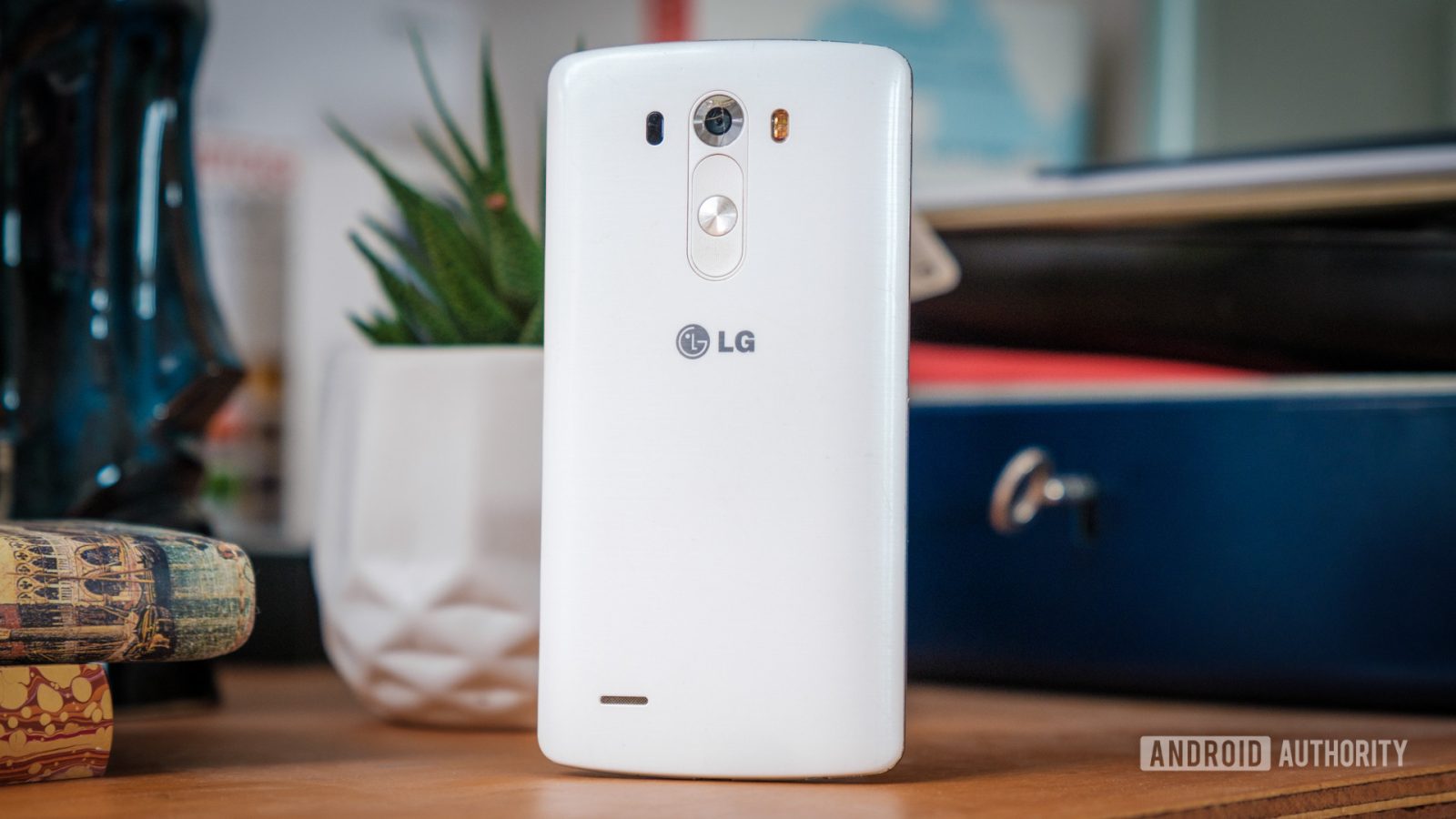
Contents

Robert Triggs / Android Authority
After recently reminiscing about my favorite camera phones, it occurred to me that my fondest time writing about and playing around with smartphones all happened in a rather short period of time — the early 2010s. Of course, there were great phones before then and plenty of technically superior ones after that sliver of time. However, I still think 2010-2015 represents the most exciting time to be a smartphone aficionado, and not just because of the hardware.
The handsets were great, of course. The 10s were a period when the flagship phone market was still up for grabs, before it became today’s Apple and Samsung duopoly (though you could argue it was already on the way). Smartphones were still relatively new, and everyone was trying to push the boundaries. Brands like HTC and LG, now long gone from the market, produced their finest work during this period. The wonderfully built HTC One and One M8, LG’s powerhouse G2, G3, and G4, and Sony’s Xperia Z series, especially the Z3 Compact, all had adoring fans, all for equally valid reasons. You didn’t have to buy a Samsung to dine at the top table.
What was the best period for smartphones?
5 votes
I spent most of this period with the LG G3, which broke ground with its QHD display and camera laser focus, staple features of today’s flagships. Yes, its Snapdragon processor was a little hot (they still are, to be honest), and the 3,300mAh battery is tiny by today’s standards. Still, the cell was removable, and I replaced it at least once to keep the phone ticking along. Despite a reasonably slim design, it had a headphone jack, a gently curved back for a great feel in the hand, it took decent pictures, and the volume rocker placement on the back was an inspired design I wish someone would revive. If nothing else, it was definitely something new and exciting to buy, unlike today’s flagships, which are almost all copied and pasted from last year.
How often do we see phones launch in all-metal builds or sporting fantastic pleather backs? Not often enough these days. And truly compact phones? Forget it. The 2010s spoiled us for choice as brands desperately tried new things to stand out; competition at its finest, as it were.
Trying to stand out has its limits, of course, and many of the more bizarre ideas would be considered commercial failures, even though we couldn’t help but talk about them. 2016’s “modular” LG G5 was a step too far that arguably sank the brand’s reputation and helped put an end to the innovative fun. Before that, though, we had the LG G Flex banana phone and awkwardly curved Samsung Galaxy Round. Perhaps more sensible but no less contentious, we had the first Galaxy flagships with the curved “edge” display in this time period.
Can you imagine anyone selling products like this now? The best we’ve had recently is the incredibly slim yet incredibly average Galaxy S25 Edge. Meanwhile, Samsung’s Polygon foldable concept is the phone it should be selling. Maybe Nothing and its Glyph interface is the closest we still have to the old, unique approach to handset design, but that’s one company out of almost a dozen.
Back when Google and OEMs were still friends
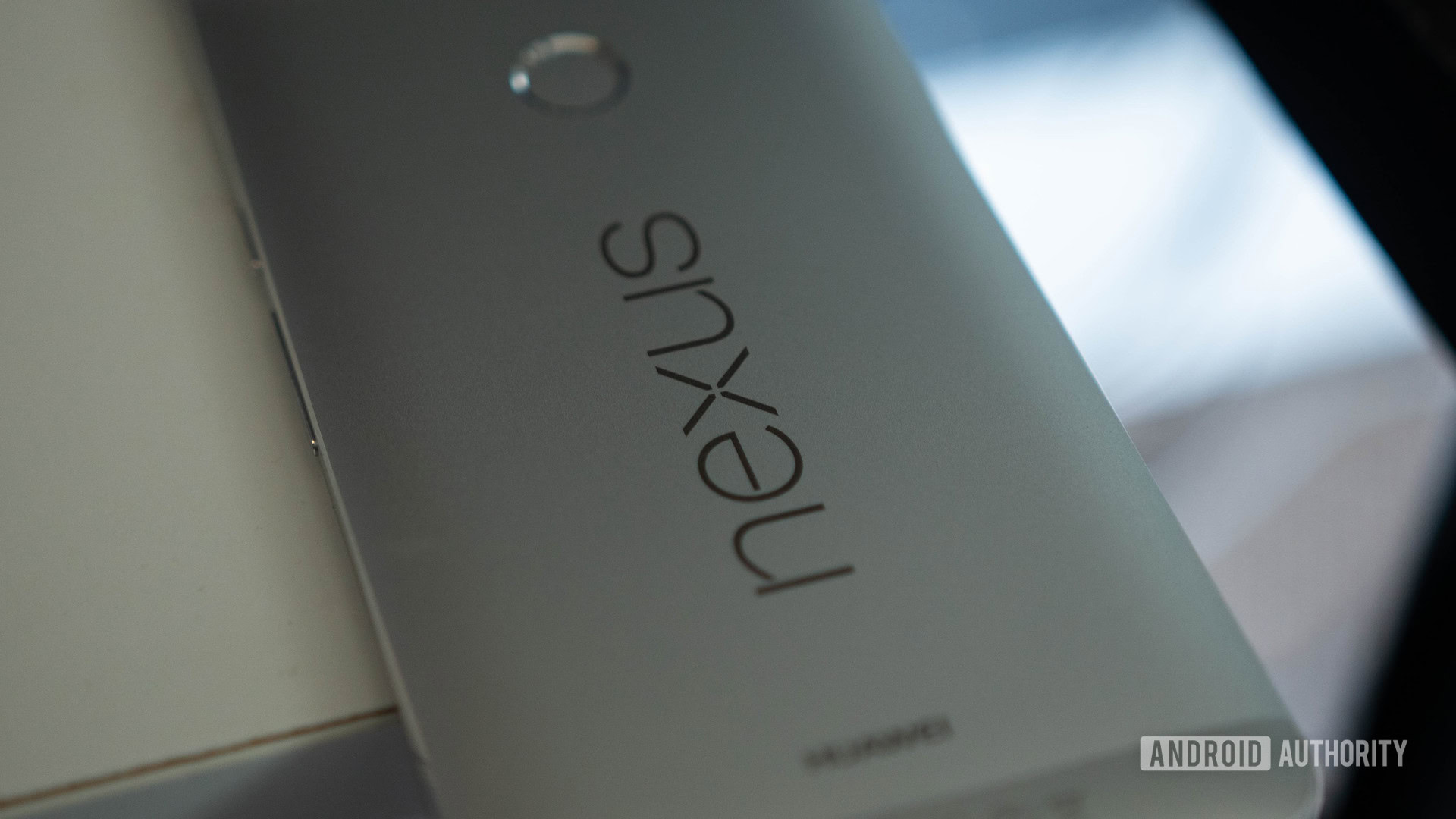
Despite the intense competition, the second decade of the millennium also saw cooperation that feels completely alien in today’s Android ecosystem. Before Pixel, there was Nexus, which ran exclusively throughout this period. While Google focused on features and software, it partnered with the biggest names in the business to build the hardware. HTC, Samsung, LG, Motorola, and HUAWEI all claim at least one Nexus phone to their names. Talk about a supergroup.
Intended as developer phones, the Nexus line earned a cult consumer following as an inside track on the latest and greatest Android features, much like the Pixel lineup today. The hardware was seldom flawless, but the program was a fundamental bridge between Android’s software custodian and the companies building hardware for the platform. Today, the two have never felt further apart, with Google’s Pixel line directly competing with Samsung, OnePlus, Xiaomi, and the rest on hardware and software features. Yes, Android still brings new bits to everyone, but AI, camera, and various app tools are huge software differentiators now.
What I wouldn’t give for a OnePlus 13 or Galaxy S25 Ultra powered by Pixel smarts.
A lesser-remembered but equally interesting program was the Google Play Edition partnerships. Android skins like HTC Sense, Samsung TouchWiz, and LG UX, were pretty love/hate back then (and some still are), while bloatware, branding, and locked bootloaders plagued the carrier space. If you wanted carrier-unlocked, “stock” Android versions of popular phones, GPE delivered. The Galaxy S4, HTC One, Xperia Z Ultra, Moto G, and HTC One M8 came in GPE flavours during the program’s brief existence from 2013 to 2014.
Oh, what I wouldn’t give to be able to buy a OnePlus 13 or Galaxy S25 Ultra but powered by Pixel smarts. But of course, that will never be; brand identity is far too precious to collaborate with rivals nowadays.
If you didn’t like your OEM’s or even Google’s approach, the custom ROM community had your back. Not only was this the golden age of smartphones, it was the golden age of ROMs. CyanogenMod, Paranoid Android, Xiaomi’s early MIUI builds, and many others offered fresh features, better performance, and extended longevity well beyond what manufacturers provided.
Today’s phones are locked down in the name of security. Root access isn’t as essential as it once was, but true modification now comes with serious trade-offs. Want complete control over the phone you paid for? Be prepared to say goodbye to contactless payments, banking apps, and any service that checks for Google’s safety net. The era of having a phone that was truly your own has long gone.
The cost of playing it safe

Robert Triggs / Android Authority
Looking back at those years, it’s clear that the early 2010s weren’t just about specs or benchmarks — phones had character. Each launch felt like a bold statement. It wasn’t just about how fast or pricy a phone was; it was about what made it different — how did it look, what did it do, what was it made of?
That spirit has been dulled in recent years, replaced by iterative refinement and an endless race toward cost efficiency. Today’s phones are incredible machines — faster, smarter, more capable than ever — but rarely surprise us. Most of them look the same each year, act the same, and, aside from the odd folding screen, feel like they’re following a very cautious blueprint. Seriously, how have foldables become stale already?
Not everything has to be a commercial success for it to be worth trying.
While I’m not expecting or even hoping for a return to Nexus phones or pining for another GPE Galaxy, what I do want is a little more fun and adventure. I want to see more risk-taking — more phones that try something weird and maybe even fail. More designs that spark debate. More decisions that make people say, “Well, that’s different.”
In a market increasingly driven by safe bets and annual cycles, I think we could all use a little more of that magic again. Like building record-breaking cars or sending rockets into space, some things are worth doing just to see if we can.
What’s your reaction?
Love0
Sad0
Happy0
Sleepy0
Angry0
Dead0
Wink0
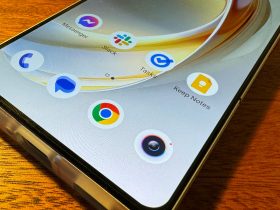

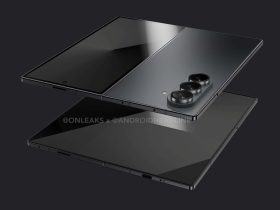

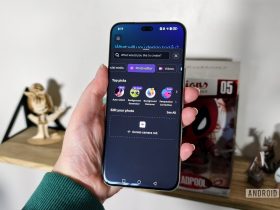

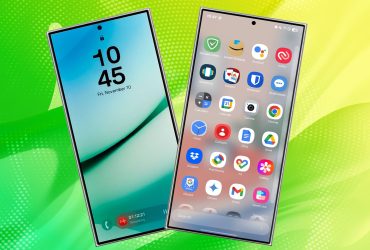

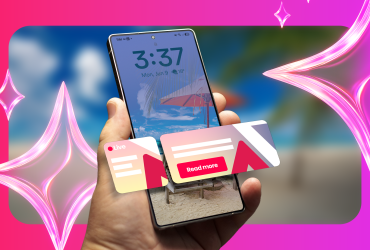
Leave a Reply
View Comments